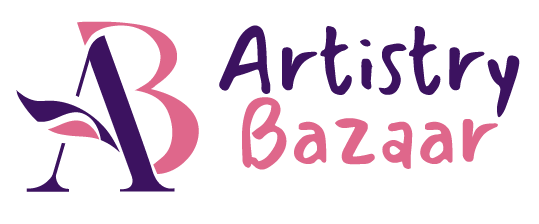Understand the Categories of Indian Artisanal Decor
- Textiles: Handloomed throw blankets, doormats, bathroom mats, bath towels, and placemats. They are knitted by using looms and natural dyes.
- Woodcraft: Wooden animal figurines, coffee tables, key cabinets, door hardware, knobs, and more. Indian woodcraft has rich patterns and a unique classic touch.
- Metalwork: Metal-based picture frames, candle holders, or watering cans give a retro vibe to the space.
- Ceramics & Pottery: Blue pottery, terracotta, and hand-glazed serveware are a perfect combo of beauty and utility.
- Stone & Marble: Inlay tabletops, soapstone figurines, and jali panels make bold and luxurious decor statements.
- Folk Art: Visual interpretation of arts like Warli. Such pieces are inspired by centuries-old traditions.
Inspect Craftsmanship & Quality
Logistics & Compliance
Pricing Structures & Negotiation Tips
Pricing in the handmade business is more than a number—it’s about connections, seasonality, and understanding how craft markets work. The majority of artisan suppliers have minimum order quantities (MOQs) for bulk orders. This can vary from 25 to 100+ units. Being transparent about the order size and frequency can help to build trust and secure better rates. Seasonality also plays a huge role in pricing. On festivals like Diwali or Navratri, sellers raise the prices of wholesale kitchen accessories and home decor due to the local demand. So, plan in advance to secure timelines and avoid last-minute cost hikes.
Meanwhile, you can also buy it directly from artisans at a decent price. But your expenses may increase as you have to cover the cost of shipping and packing on your own. In short, weigh your priorities and margins before selecting a sourcing model. Also, keep tabs on the exchange rate, especially when dealing in INR vs. USD or AED. Consider milestone-based payments or LC (Letter of Credit), and keep looking for hidden costs such as packaging, taxes, or shipping.
Pro tip: Negotiation works best when you’re fully versed, respectful, and steadfast. In India, long-term partnerships often bring better deals than one-off haggling.
Red Flags to Avoid
Like any other business, buying Indian handcrafted home decor poses some challenges. The record-breaking demand for “handmade” has unfortunately led to counterfeiting and fraud. As a B2B buyer, you should be aware of the red flags so that you can stop yourself from making costly mistakes, damaging your reputation, and missing deadlines. Here are key red flags to beware of:
- Mass-Produced Masquerade: Suppose you have ordered candle stands in bulk and they have been shipped to you. If every candle stand from your order looks exactly the same, then they are 100% machine-made. True handmade items have subtle irregularities.
- Unverified Artisan: Lack of transparency about the origin of a product or wholesaler is a big red flag. Ask for photos, videos, or documentation.
- Inconsistent Quality: Checking the samples before the order doesn’t guarantee uniform quality in your bulk orders.
- No Written Agreement: Avoid verbal commitments. Sign contracts that specify timelines, quality checks, and payment terms.
- Language & Logistics Gaps: If you decide to deal with local vendors, it can be rewarding for a while, but as you move forward, you will face communication issues.
- Too-Good-To-Be-True Timelines: Handcrafted goods take time to be ready. Unrealistic promises always result in rushed, compromised output.
Key Reflections
When you invest in Indian handcrafted home decor, you’re supporting ages-old craft, community, and culture. In today’s B2B market, the real differentiator lies in meaningful sourcing. That’s where ArtistryBazaar comes in as a great help. We bridge the gap between rural artisans and global buyers via a transparent platform. We offer multi-category handmade home decor products of supreme quality. Plus, free worldwide shipping, door-to-door delivery, flexible payments (just 30% upfront and 70% before dispatch), and an extra up to 10% off with our promo code. Place your order now.

